
Throughout its fifteen year history, JetBlue Airways has worked hard to be the blue-collar airline with an upscale image. With popular features such as DirecTV and SiriusXM entertainment at every seat, the most legroom in coach of any US-based airline, and, most recently FlyFi wireless onboard internet connectivity, the airline has put the passenger experience at the forefront.
Now, the airline is poised to launch the next generation of its onboard product. Dubbed “Mint”, the service will initially be offered exclusively on its route between New York and Los Angeles, with flights to San Fransisco set to follow later this year. I recently had the chance to preview the new product at JFK and wanted to share what I discorvered.
-
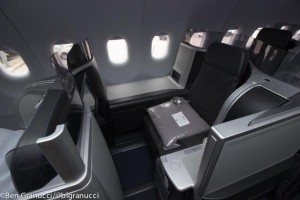
-
A Mint mini-suite
-
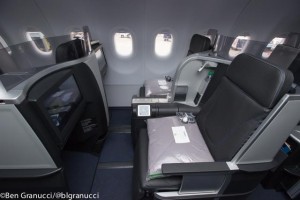
-
A row of two Mint seats
The new Mint Experience is a wholesale, multi-faceted upgrade of the traditional JetBlue product. Offered exclusively on a subfleet of the carrier’s Airbus A321 aircraft, Mint provides a true premium product to compete with the other four carriers flying in the transcontinental market. The most noticeable change onboard is to the seat.
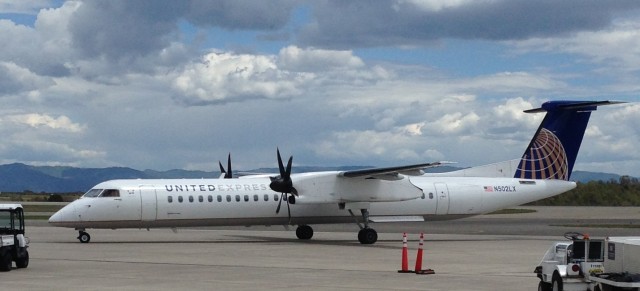
United Bombardier Dash 8 Q400 at Durango – Photo: Blaine Nickeson | AirlineReporter
As a Silver Premier member with United Airlines (their lowest-level elite tier), getting a complementary first class upgrade happens almost as rarely as spotting a unicorn. In a year and a half of being an elite, I’ve gotten two first class upgrades. Recently, upgrade number two came in an unlikely form; on a Bombardier Dash 8 Q400.
That’s right, folks – United is offering a first class cabin on planes with propellers. I caught my upgrade on a quick business trip from Denver (DEN) to Durango (DRO), Colorado.
All of United’s Q400s are actually operated by Republic Airlines, one of many regional carriers for UA. They are configured with 71 seats; seven in first class, 10 in Economy Plus, and 54 in economy. As to be expected on a regional plane, “first class” really only meant a wider seat, more legroom, and a free beer. Well, we got some pretzels too.
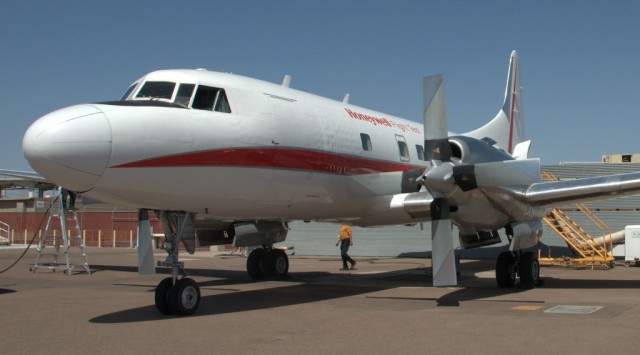
N580HW, Honeywell Aero’s CV-580 – Photo: JL Johnson | AirlineReporter
Late last month I had the opportunity to attend Honeywell Aero’s International Media Event in Phoenix, AZ. The symposium focused on all things Honeywell and AvGeek, with a small and diverse audience of mainstream media and bloggers from all across the world.
Prior to the event, I understood that Honeywell was, like many other conglomerates, well-established in the aviation industry. Indeed, we’ve written extensively about how Honeywell improves aviation safety, we have geeked out over their incredibly diverse fleet of test aircraft and, of course, have covered their innovative and (can we say exciting? Because it is!) Electric Green Taxi System, EGTS.

Honeywell Aerospace’s Sky Harbor Facility in Phoenix – Photo: Honeywell
But even with this coverage, we’d only begun to scratch the surface of Honeywell’s Aerospace operations. In just shy of two days, with their incredibly passionate crew, I learned more about the company and their products than I had over a lifetime of being an aviation enthusiast.
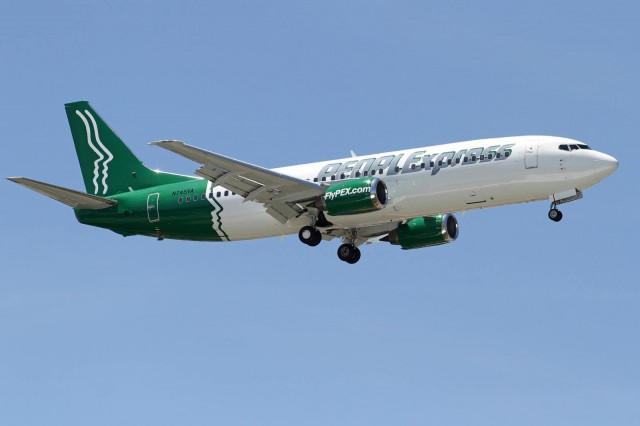
PeopleExpress Boeing 737-400 – Photo: PeopleExpress
This story was written by John Cameron for AirlineReporter
If you are old enough to have been flying commercially in the early 1980’s, especially along the eastern half of the United States, then you might recall a certain low-cost airline that rose to prominence in the blink of an eye, and faded away just as quickly.
By the end of its first year of operation, it offered nearly 50 daily departures from its home base in Newark, NJ (EWR) and eventually provided non-stop flights from Newark to London’s Gatwick Airport (on a 747) for $149 each way. A few years later, it purchased numerous airlines (most notably Frontier Airlines) to add to its ever-expanding route network.
However, by 1986 the company was struggling to stay afloat, and in early 1987 – roughly six years after it began operations – the wild ride came to an end as the plucky low-cost carrier was absorbed into Continental Airlines.
I’m talking, of course, about PEOPLExpress Airlines (PEx).
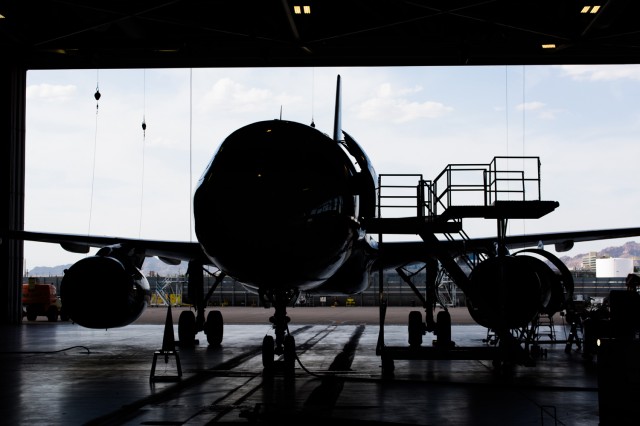
US Airways Airbus A319 getting work done inside the facility
All photos by Jason Rabinowitz
US Airways has a pretty large fleet of aircraft – over 340. From time to time, every aircraft needs to have some maintenance done to it; some scheduled and some not. We recently were able to take a photo tour of US Airways / American Airlines maintenance facility in Phoenix and wanted to share the photos. So sit back, relax, and enjoy the show…







